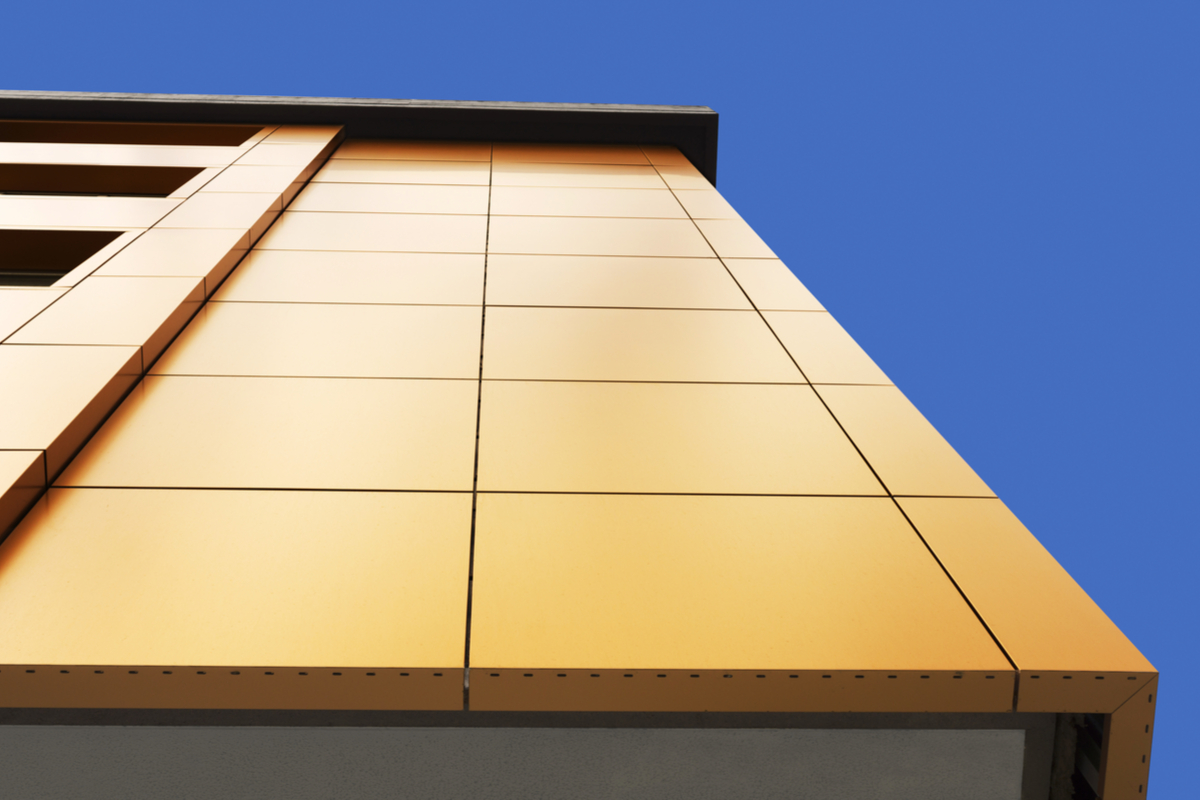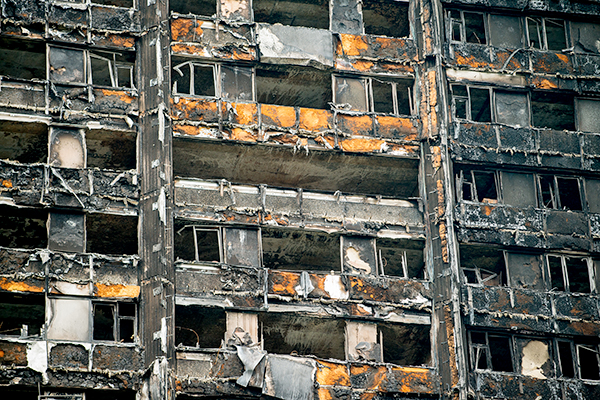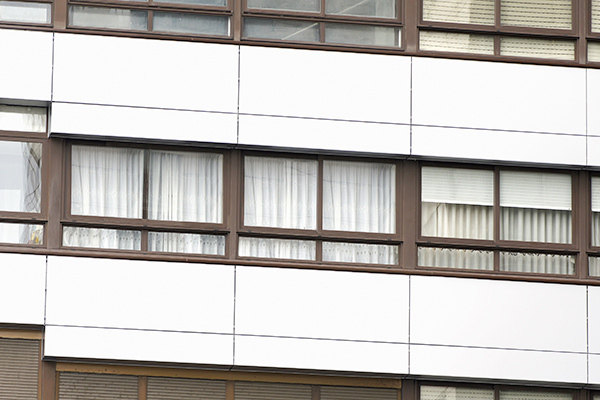You are viewing 1 of your 1 free articles
Second cladding system passes government test
Another cladding system has passed the government’s fire safety tests, as the testing process moves on to the more fire-resistant systems.
The tests, which involve starting a fire at the bottom of a nine-metre-high model wall to see how quickly the fire spreads up the wall, have been designed to progress from the most likely to the least likely to fail.
They have tested panels made from three different kinds of aluminium composite material (ACM) – category one, category two and category three – with two different kinds of insulation behind them, in six different combinations. This is the fifth test, with only one of the previous four passing.
The ACM panels differ in the material used to fill the gap between them. Neither of the systems using category one ACM panels passed, suggesting that this is the least safe category of ACM.
The two insulation materials are polyisocyanurate (PIR) and mineral wool. A system using category two ACM panels and PIR insulation failed the test, but a system using category two and mineral wool insulation passed, suggesting that PIR insulation is the least safe type of insulation.
The latest system to pass was made from type three ACM panels and PIR insulation, although the government noted that the way a certain wall is constructed could cause a system with this combination to fail if, for example, fire breaks were not properly installed.
| Polisocyanurate (PIR) insulation | Mineral wool insulation | |
| ACM with unmodified polyethylene filler (cat. 1) | Fail | Fail |
| ACM with fire-retardant polyethylene filler (cat. 2) | Fail | Pass |
| ACM with limited combustibility filler (cat. 3) | Pass | TBD |
During the test, some of the ACM panels were consumed, and the PIR insulation exposed behind them did begin to burn, but the fire did not spread to the top of the wall as it had in all other tests involving PIR insulation.
The results illustrate that focusing on one specific kind of filler or one specific insulation material is not enough to reveal information about whether fire will spread up a wall. Rather, what prevented the spread of fire here was a combination of materials.











